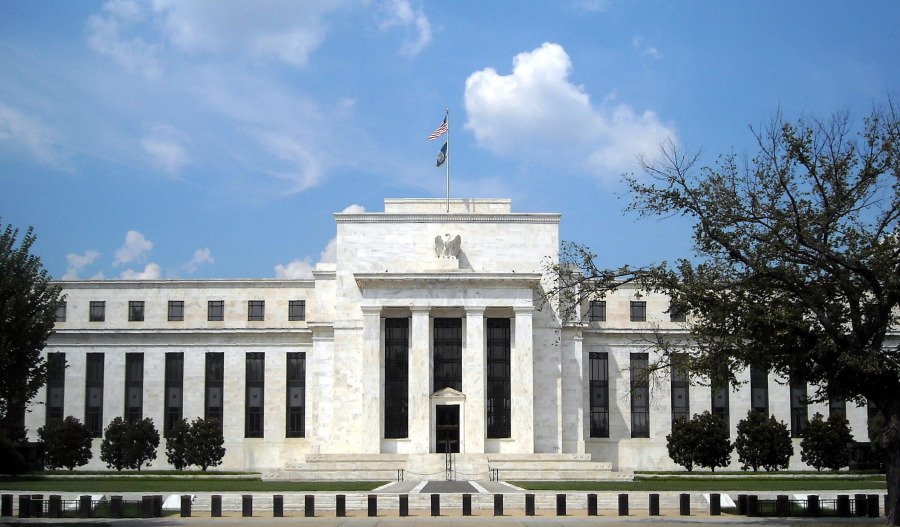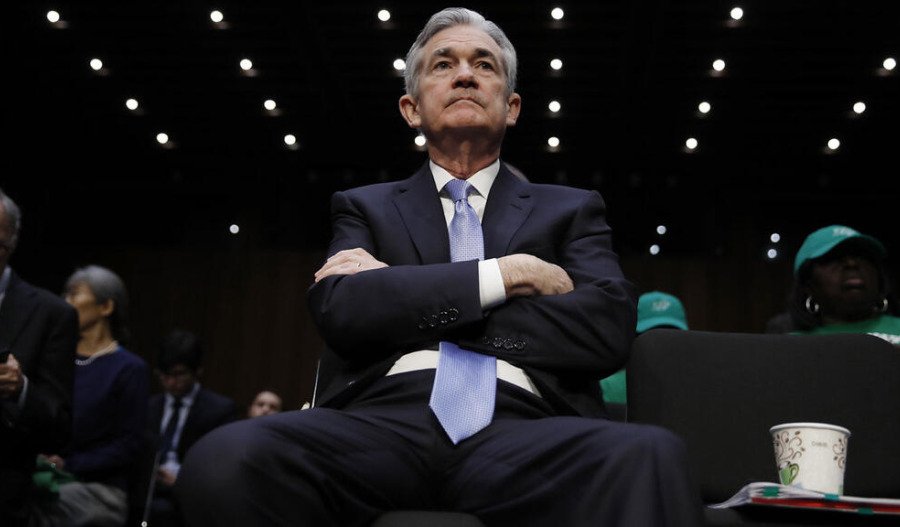United States Federal Reserve officials remained split at their June meeting over how soon and how significantly interest rates should be reduced, as concerns over tariff-induced inflation clashed with signs of a cooling labour market and resilient economic growth.
Minutes released Wednesday from the Federal Open Market Committee (FOMC) meeting showed a consensus to hold interest rates steady at 4.25% - 4.5%, where they have remained since December 2024.
However, behind the vote lay growing divisions about monetary policy's path forward.
“Most participants assessed that some reduction in the target range for the federal funds rate this year would likely be appropriate,” the minutes stated.
Officials generally viewed the inflationary impact of President Donald Trump’s escalating tariffs as potentially “temporary and modest”, even as they acknowledged economic growth and hiring might slow in the coming months.
How far and how fast those cuts should proceed were hotly debated. The summary notes that while a “couple” of participants would support a rate cut as soon as the July meeting, some argued that no reductions would be necessary this year.
While the minutes do not name individual officials, Fed Governors Michelle Bowman and Christopher Waller have publicly supported rate cuts contingent on inflation staying contained.
Other officials expressed caution, with several noting that the current rate was not far from a neutral level. These members cited persistent inflation above the Fed’s 2% target and a still-robust economy, suggesting that only limited easing might be needed.
June's “dot plot” reflected this division. While the median forecast still pointed to two rate cuts this year and three more by the end of 2027, the range of expectations was wide.

Trump’s aggressive push for tariff hikes has added a layer of political and economic pressure. The President has publicly criticised Fed Chair Jerome Powell and urged deeper rate cuts, both in speeches and via Truth Social posts.
The minutes further acknowledge the complexities the Fed faces. Officials said they “might face difficult tradeoffs if elevated inflation proved to be more persistent while the outlook for employment weakened.”
In such a scenario, the Fed would need to weigh whether inflation or job losses presented more deviation from its dual mandate.
International trade flows and currency dynamics have also been impacted. "International trade flows continued to be volatile amid substantial shifts in U.S. tariffs," the minutes noted.
Following a surge in imports ahead of the April tariff implementation, U.S. consumer goods imports fell sharply in April, while exports recovered.
The Fed observed that recent CPI data showed inflation remained relatively contained, with consumer prices up just 0.1% in May. While inflation remains above target, public concern about future price rises appears to be moderating.
“Many participants noted that the eventual effect of tariffs on inflation could be more limited if trade deals are reached soon, if firms are able to quickly adjust their supply chains, or if firms can use other margins of adjustment to reduce their exposure,” the minutes said.
Nonetheless, there was concern that the lagged effects of tariffs could still filter into consumer prices. “In discussing their outlooks for inflation, participants noted that increased tariffs were likely to put upward pressure on prices,” the document stated.
However, the timing and magnitude of these effects remain uncertain, particularly given inventory levels and delayed supply chain adjustments.
Fed officials also consider firm-level pricing behaviour. Some believe companies might hold prices steady initially, while others could exploit rising input costs to increase their own prices. “Several participants noted that firms not directly subject to tariffs might take the opportunity to increase their prices if other prices rise, particularly those of complementary products,” the minutes stated.
The discussion also touched on the role of market behaviour. "The rise in longer-maturity yields appeared to reflect, in part, market participants' increasing fiscal concerns," the Fed noted, citing survey data that showed the fiscal outlook was a key factor influencing long-term rate forecasts.
Currency movements were also in focus. "The manager noted that dollar depreciation continued to be consistent with larger downside revisions to the U.S. growth outlook", driven by increased foreign investor hedge activity. Despite these movements, foreign holdings of U.S. assets remain stable.
On the labour front, while job gains have slowed, recent numbers surprised to the upside. June nonfarm payrolls rose by 147,000, well above the 110,000 consensus forecast, while the unemployment rate ticked down to 4.1%.
Still, consumer demand showed signs of cooling, with personal consumption expenditures falling 0.1% in May and retail sales dropping 0.9%.



